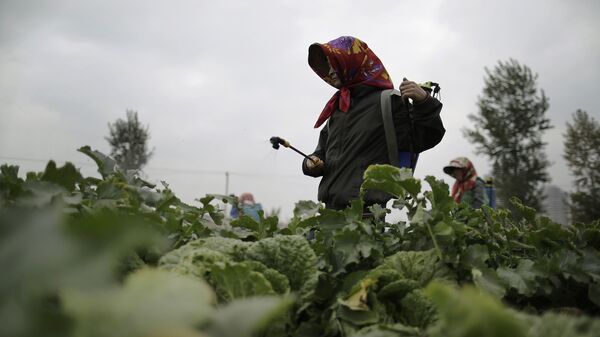The device will allow farmers to online monitor pesticides content in the soil, and, therefore, to prevent excessive chemicals from entering agricultural products. The study results were published in Talanta magazine.
According to the authors of the study, food safety is a global challenge for humanity. It’s necessary to control not only the production process and the quality of the products obtained, but also the use of pesticides in agriculture.
The TPU experts, together with colleagues from the Prague University of Chemistry and Technology, have developed a sensor that can detect pesticides in soil in near real-time mode. The sensor will help farmers to constantly monitor the concentration of pesticides in soil, which will make faster decision-making regarding increasing or decreasing the amount of chemicals in a particular area.
According to Pavel Postnikov, Associate Professor at TPU’s Research School of Chemistry & Applied Biomedical Sciences, the sensors are made of optical fiber, a simple and inexpensive material used to transmit information in the form of light pulses.
“We’ve removed a fragment of the fiber sheath, and, using magnetron sputtering, covered the area with the thinnest active layer of gold 20 nanometers in size. It is there that the surface plasmonic resonance effect appears, which is the source of the analytical signal,” the TPU expert explained.
The scientist explained that as a result of resonance, the gold layer emits light. The fiber optic transmits data to a special sensor, where the number of signals is proportional to the content of pesticides.
Pesticide molecules can be counted by a special organometallic framework grown from matrix solution on the gold surface. A grid with cells of a certain size allows only pesticide molecules to pass to the gold layer.
“In the future, this modified fiber can be physically laid in a field. It can constantly perceive signals about the presence of pesticides and output the results, including to a portable compact device,” Pavel Postnikov said.
According to the authors of the study, readily available materials, sensitivity, selectivity and the ability to constantly work in “a real-time mode” are the main advantages of the proposed sensor design. The scientists consider creating technology contributing to the advancement of intellectual agriculture to be their global mission.



